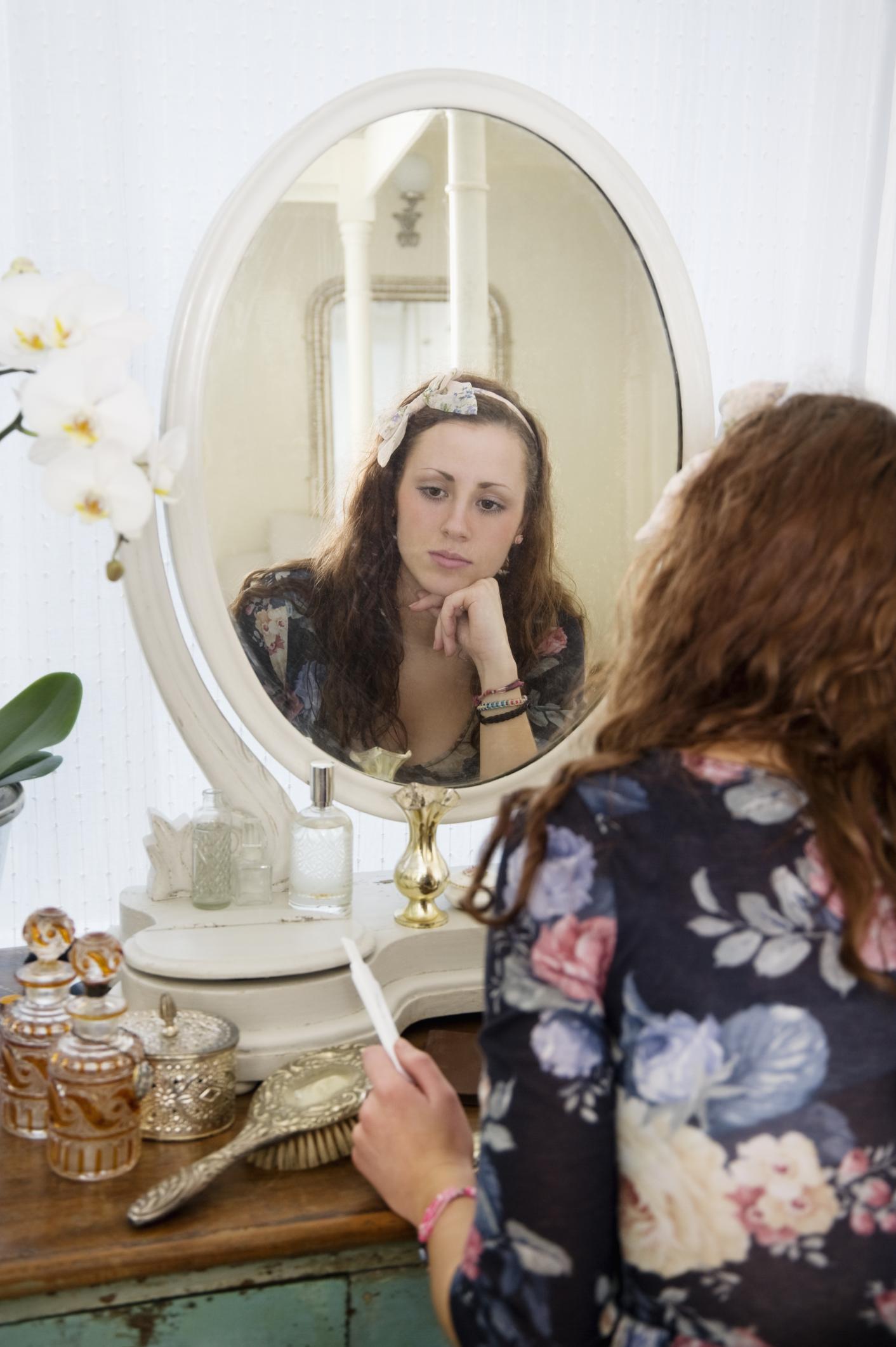The natural tendency for a woman to derive a dominant part of her identity and self-worth from her physical appearance has its roots in historical times, when women depended on marriage for their long-term security. A woman had to groom herself on all levels to attract a man and win his affections to ensure her financial stability, and in some cases, her survival.
Even though times have dramatically changed since then and women now have significantly more freedom and rights than their predecessors did, the vestiges of these archaic gender roles still persist in the female psyche. The pressures of living up to society’s expectations of physical beauty is still a real and widespread epidemic.
Starting from a very young age, little girls are inadvertently brainwashed into believing that being “pretty” is their ticket to popularity and social acceptance. As a result, it has become perfectly natural for a young girl to question her attractiveness and develop a lifelong quest for aesthetic perfection that often lasts well into her adult life.
These sentiments are compounded by the shallow and appearance-focused standards propagated by the media. With today’s media’s obsession with air-brushed celebrities, women feel more pressure to fit into cultural norms of beauty and are resorting to ever more extreme measures to do so.
Notable attempts to shift the beauty paradigm
Many brave women who tried to counteract these effects over the past century have lent their voices to women’s empowerment movements, such as the Woman Suffrage movement which sought legal equality for women in the late 1800’s and early 1900’s. The culturally explosive American feminist movement of the 1960s sought gender equality for women in the workplace.
On a smaller, more appearance-focused level, various media campaigns launched by famous beauty brands such as Dove, Cover Girl, and Venus by Gillette, to name a few, have made notable attempts to counteract the effects of the objectification of women by encouraging young girls and women to seek the beauty that lies within them.
These noteworthy initiatives that were taken to uplift women and young girls have, unfortunately, failed at creating a lasting impression on the majority of the female population because it did not sufficiently empower women to internalize these messages and address the complex underlying moral, educational and cultural issues that are at play in their world.
Deep down, most women are still not convinced of the validity of the “beauty comes in all shapes, colors and sizes” statement and other cajoling platitudes of the beauty empowerment movements—none of them reflects on the reality that they witness in the world around them. In some ways, they may be right.
The beauty advantage
Numerous studies have been done proving that beautiful women have many more advantages compared to their more average-looking counterparts. According to the report “In School, Good Looks Help and Good Looks Hurt (But They Mostly Help)” people from high school onward perceive more attractive individuals to have higher intelligence, likeable personalities and a
higher potential for success, which often creates a self-fulfilling prophecy.
We can also see this form of cognitive bias play out in the workplace setting. Studies have shown that good-looking employees make 12 percent more money than average-looking workers and are more likely to get hired. Psychologists call this the “beauty premium,” and say this creates inequalities and unfair treatment comparable to those created by sexism, racism and socioeconomic differences.
Psychologists have also discovered a cognitive bias known as the “halo effect” that influences the way we form opinions about the people we encounter in our lives. The “halo effect” occurs whenever we form a favorable impression of an individual because we find them physically attractive, even without knowing anything about their personal character.
Igniting a beauty revolution
Given this dismal portrayal of our social reality we need to figure out what we can do to empower the contemporary woman so that she feels whole, complete and accomplished even if she doesn’t measure up to the perceived ideal of beauty and own her unique brand of beauty, even if it does not fit within the conventional mold. I believe that we need to tackle this by igniting a beauty revolution that addresses the issue on both an individual and collective level.
Dealing with it on an individual level involves making concerted efforts towards bringing about an internal shift within girls and women by educating them on how they can maintain a strong sense of self-worth and develop an identity that’s independent of outward appearances.
On a collective level, we need to change the paradigm of beauty by instigating fundamental changes in our education system and the media to develop healthier standards of beauty that draws the focus from a woman’s physical attractiveness to her accomplishments and character.
If we’re willing to work together, we can transform our distorted and skewed perception of women’s beauty into one that is more healthy and wholesome. When we embody the new standards for beauty, we will convince ourselves and the rest of the world that, as women, we are so much more than our bodies and faces—we are multifaceted individuals with distinct values with numerous gifts to share. We are here to thrive and to make a difference.

